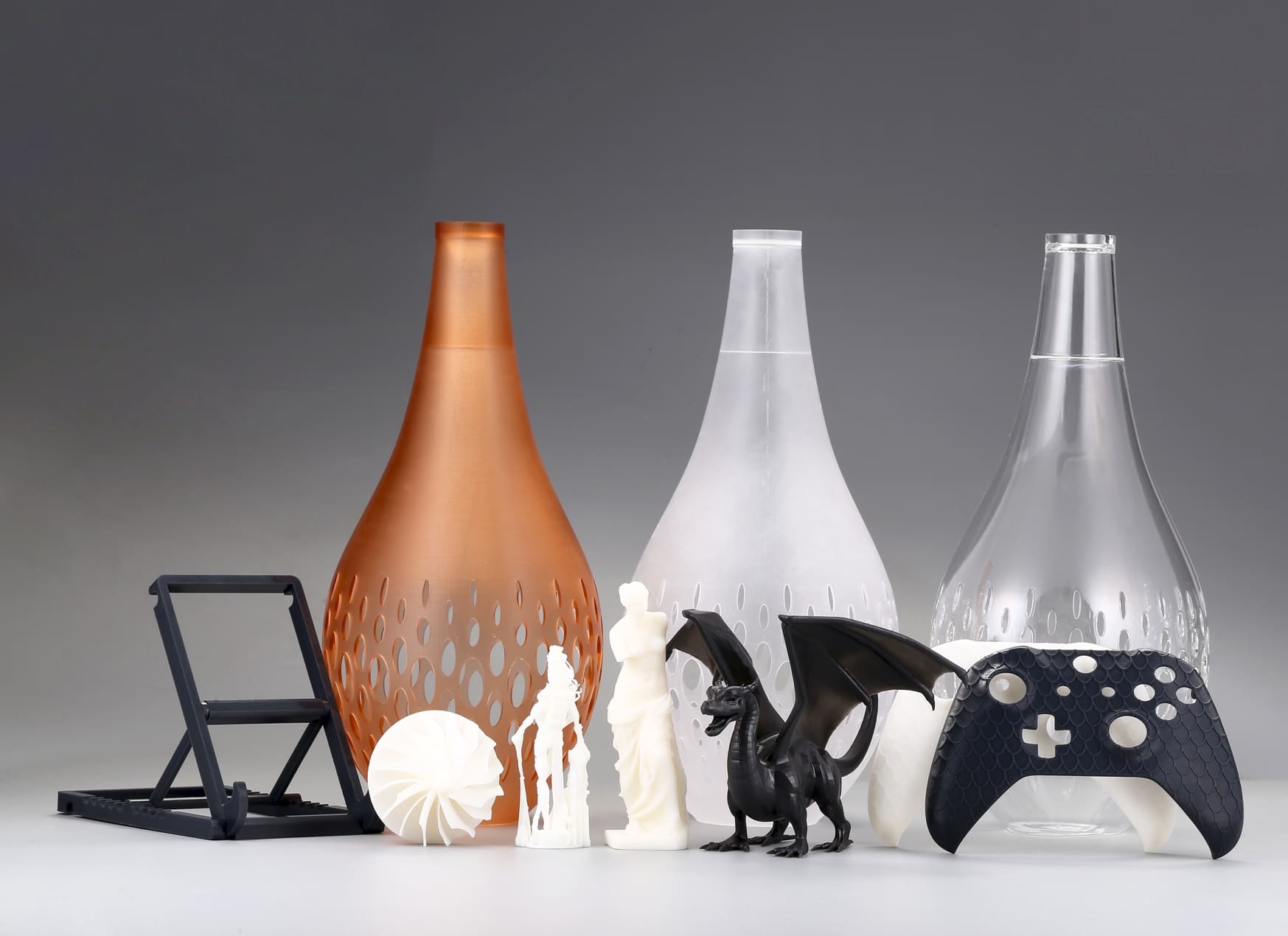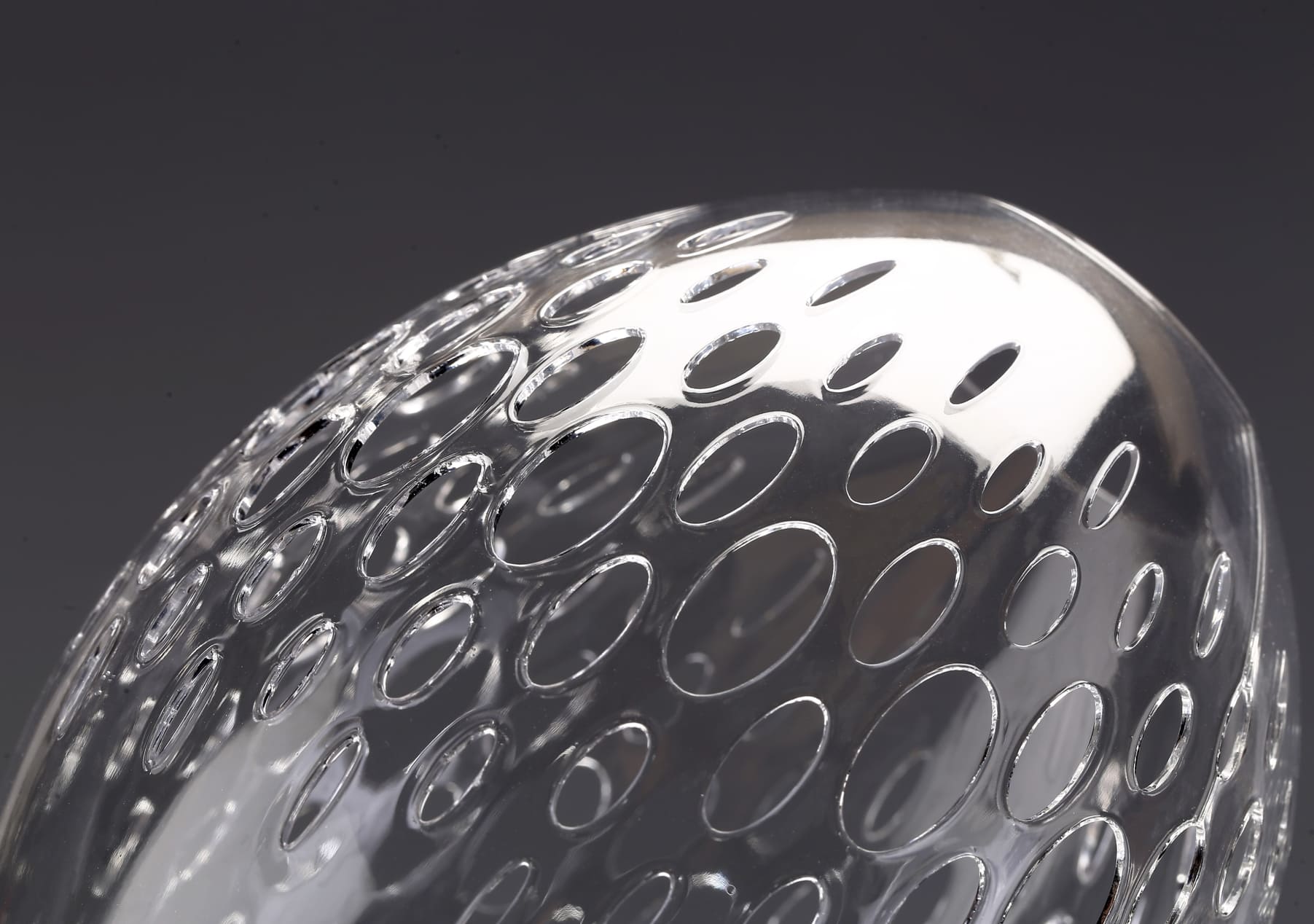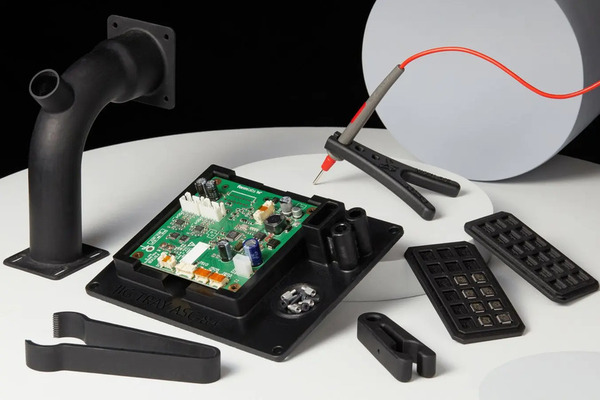3D printing has rapidly evolved from a niche prototyping tool into a mainstream technology powering industries from healthcare to entertainment. Among the many methods available, LCD 3D printing, also known as MSLA (Masked Stereolithography Apparatus), has gained remarkable popularity for its balance of affordability, precision, and speed. In this article, you will learn how LCD 3D printing works, its strengths and weaknesses, the types of resins it uses, and how it compares with other resin-based printing technologies.
How does LCD 3D printing work?
LCD 3D printing is a resin-based additive manufacturing process that uses a liquid crystal display (LCD) screen to selectively cure liquid photopolymer resin layer by layer. Unlike filament-based methods such as FDM (Fused Deposition Modeling), LCD printing belongs to the vat photopolymerization family, where light is used to solidify resin.
The “masked” part of MSLA refers to how the LCD panel acts as a digital mask. Instead of tracing shapes with a laser (as in SLA) or projecting an image (as in DLP), the LCD screen blocks or allows UV light to pass through specific pixels, curing entire layers simultaneously. LCD 3D printers are efficient and relatively inexpensive compared to other resin technologies.
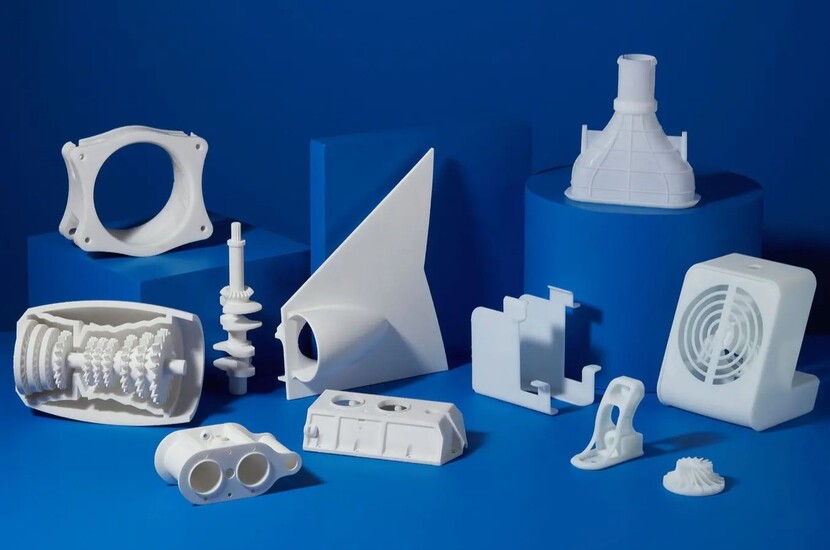
Image Source: Formlabs
How does LCD 3D printing work?
The process of LCD 3D printing can be broken down into several key steps:
Preparation of the Model
A 3D model is sliced into thin digital layers using slicing software. Each layer corresponds to a single exposure of UV light.
Resin Vat and Build Platform
The printer has a transparent resin vat with a non-stick film at the bottom. Above it, a build platform lowers into the resin to the correct starting height.
Layer Curing with LCD Masking
1. A UV LED array shines light upward.
2. The LCD screen sits between the LEDs and the resin, acting as a stencil.
3. Only the pixels corresponding to the layer’s geometry allow light through, curing resin in that shape.
Layer-by-Layer Process
After each layer cures, the build platform lifts slightly, allowing fresh resin to flow beneath. The process repeats until the entire object is formed.
Once printing is complete, the object is rinsed (usually in isopropyl alcohol) to remove uncured resin, then post-cured under UV light for maximum strength and stability.
LCD’s efficiency lies in curing entire layers at once, regardless of how complex the geometry is.
Pros & Cons
Pros
• High Speed: Since each layer cures in a single exposure, print time depends more on object height than complexity.
• Excellent Detail: Resolution is determined by the LCD’s pixel density, enabling fine details suitable for miniatures, dental models, and jewelry.
• Affordability: LCD printers are generally cheaper than SLA or DLP machines, making them accessible to hobbyists and small businesses.
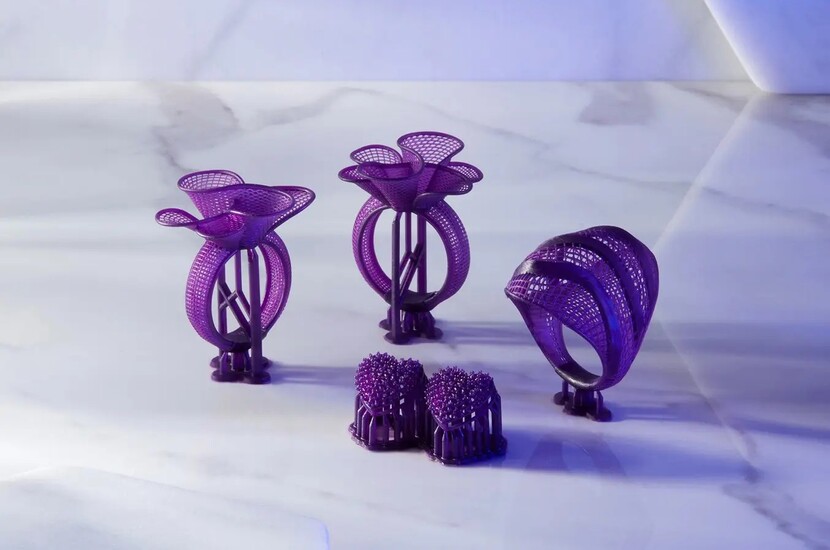
Image Source: Formlabs
Cons
• LCD Screen Lifespan: The LCD panel degrades over time due to UV exposure and may need replacement after hundreds of hours of printing.
• Pixelation: Prints may show a subtle “screen door effect” from the LCD pixels, especially at lower resolutions.
• Limited Build Volume: Most consumer LCD printers have smaller build areas compared to FDM or industrial resin printers.
Resin Types of LCD 3D Printing
The choice of resin greatly influences the properties of the final print. Common resin types include:
• Standard Resin: Affordable, good for general-purpose printing, but brittle.
• Tough/ABS-like Resin: Mimics the strength and durability of ABS plastic, suitable for functional parts.
• Flexible Resin: Offers rubber-like elasticity, useful for gaskets, grips, or wearable prototypes.
• Dental and Biocompatible Resins: Specialized formulations for dental models, surgical guides, or medical applications.
• High-Temperature Resin: Withstands elevated heat, ideal for molds or engineering applications.
• Water-Washable Resin: Easier to clean with water instead of alcohol, reducing post-processing effort.
Each resin type expands the versatility of LCD printing, allowing it to serve both hobbyist and professional needs.
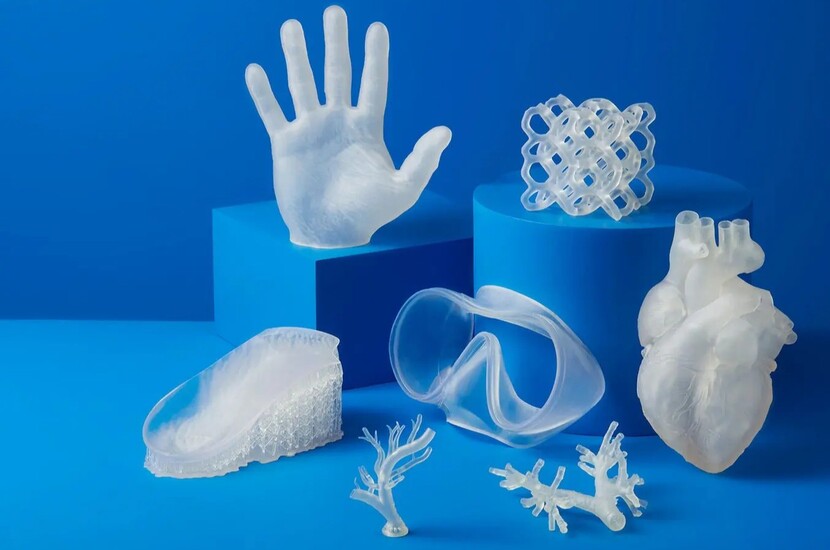
Image Source: Formlabs
LCD vs SLA vs DLP
|
Feature |
|||
|
Light Source |
UV LED array + LCD mask |
UV laser + mirrors |
Digital projector |
|
Curing Method |
Entire layer at once |
Point-by-point laser tracing |
Entire layer projection |
|
Resolution |
Pixel-dependent (LCD screen) |
Laser spot size |
Projector resolution |
|
Speed |
High (layer-based) |
Slower (scanning) |
High (layer-based) |
|
Printer Cost |
Lower |
Higher |
Mid-to-high |
|
Maintenance |
LCD replacement |
Laser calibration |
Projector upkeep |
Applications of LCD 3D Printed Resin
LCD 3D printing has found applications across diverse fields:
1. Miniatures & Figurines: Popular among tabletop gamers and model enthusiasts for its fine detail.
2. Dental Models: Accurate, fast production of crowns, aligners, and surgical guides.
3. Jewelry Prototyping: High-resolution prints for casting masters.
4. Engineering Prototypes: Functional parts using tough or heat-resistant resins.
5. Consumer Products: Custom phone cases, accessories, and small-batch production.
6. Education & Research: Affordable access to resin printing for schools and labs.
Its versatility makes LCD printing a bridge between hobbyist creativity and professional-grade output.
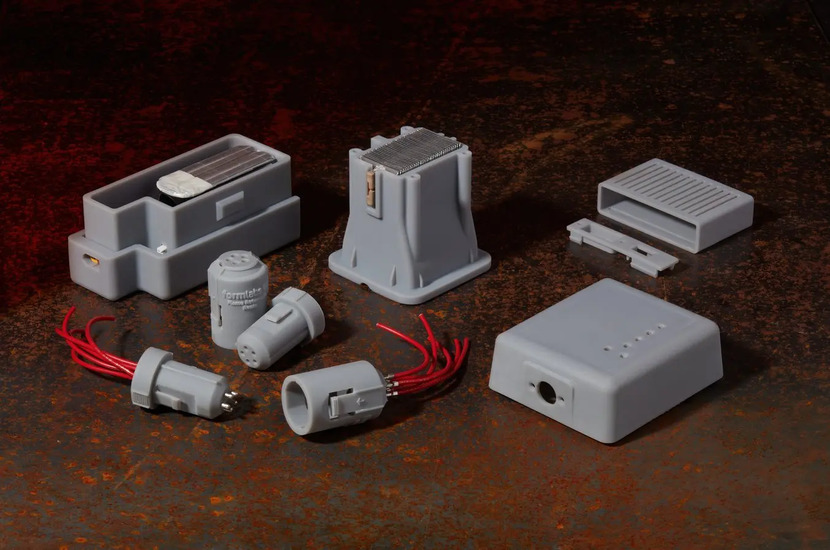
Image Source: Formlabs
FAQs
Q: How long does an LCD screen last in a 3D printer?
A: Typically 500–2000 hours of printing, depending on usage and screen type. Monochrome LCDs last longer than older RGB screens.
Q: Is LCD printing safe?
A: Yes, but precautions are necessary. Always wear gloves, work in a ventilated area, and cure waste resin before disposal.
Q: How does resolution affect print quality?
A: Higher-resolution LCDs (e.g., 4K, 8K) produce finer details and smoother surfaces. However, resin type and exposure settings also play a role.
Q: Can LCD printers make large objects?
A: Most consumer models have modest build volumes, you can consider using our SLA 3D printing service for large/long parts.
Q: What’s the difference between monochrome and RGB LCDs?
A: Monochrome LCDs allow more UV light through, curing resin faster and lasting longer. RGB screens are slower and less durable.












